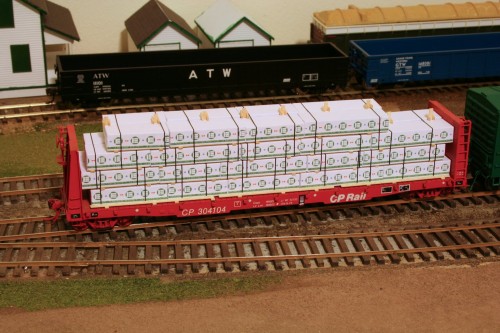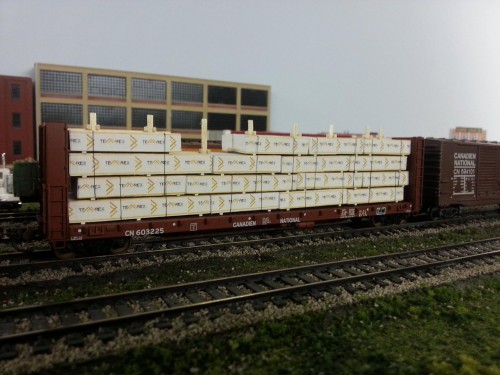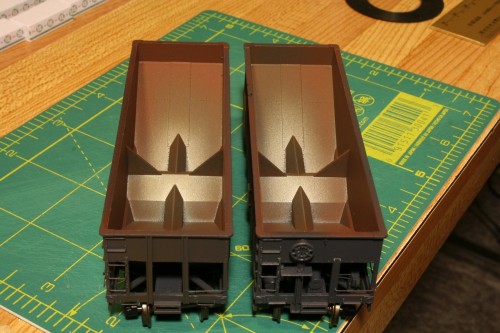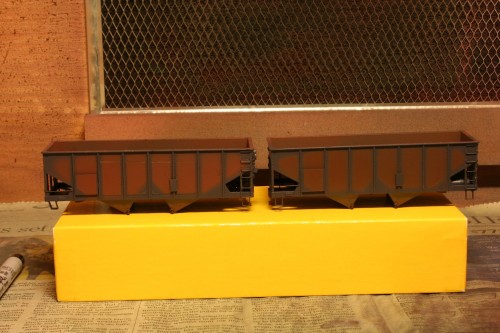Over the next several weeks, I’m beginning a series of posts looking at some of the operations of the former Algoma Central railway, with each post focusing on some particular commodity and/or facet of the operation. Generally speaking, the posts will roughly cover historical and current operational information from about the 1970s to today.
As this series progresses, if anyone reading has further information that expands, illumines, adds to, corrects my information, or even flat out contradicts an assumption I’ve made, please do comment on the post or send me an email! I’d love to be able to flesh out any gaps or errors in my knowledge.
As a preliminary overview, one should understand the geography of the area, and how the ACR fits in to the other railways in the region. This map shows the railways in Northern Ontario in the mid 1980s.
(Click on the map for larger image)
The Algoma Central is the black line running vertically in the centre of the map. Important interchanges for traffic exchanged with other railways are located at Franz (Canadian Pacific), Oba (Canadian National), Hearst (CN and by extension Ontario Northland) and Sault Ste. Marie (SOO and CP). All of these points are extremely important for traffic coming onto or off of the ACR.
A quick rundown of changes that have been made to the map between 1985 and today:
- The CN line between Longlac and Thunder Bay has been abandoned
- The CN and CP spurs to Manitouwadge have been abandoned
- The CN line between Nakina and Hearst (except for a few miles between Hearst and Calstock) was abandoned in 1986
- The CN line between Hearst and Cochrane, including the spur to Calstock was sold to Ontario Northland in August 1993
- The CN line east of Cochrane to Seneterre, QC has been abandoned between Cochrane and La Sarre, QC
- The CN line between Capreol and North Bay, and North Bay to Ottawa has been abandoned
- The Algoma Central was sold to Wisconsin Central in February 1995 which was then purchased by Canadian National in October 2001
- The AC branch line to Wawa was abandoned in 2000
- The SOO Line trackage in Michigan connecting to Sault Ste. Marie was sold to Wisconsin Central in 1987, then CN
- The CP line between Sault Ste. Marie and Sudbury is now operated by Huron Central Railway (G&W) since 1998
- The CP line between Sudbury and North Bay, plus the branch line to Temiscaming, QC is now operated by the Ottawa Valley Railway (RaiLink, now G&W)
- The CP line from North Bay to Smiths Falls has been abandoned east of the Temiscaming branch as of 2011
All posts from this series:
- Pulpwood and Log Traffic on the ACR
- Woodchip Traffic on the ACR
- Woodpulp Traffic on the ACR
- Lumber Traffic on the ACR
- Plywood, OSB and Other Forest Products on the ACR
- Paper Traffic on the ACR
- Locals and turns – operations on the Northern subdivision
- CN Operations at Hearst
- Iron Ore and Coal Traffic on the Michipicoten Branch
- Passenger Service
- SD40 Usage and Restrictions






